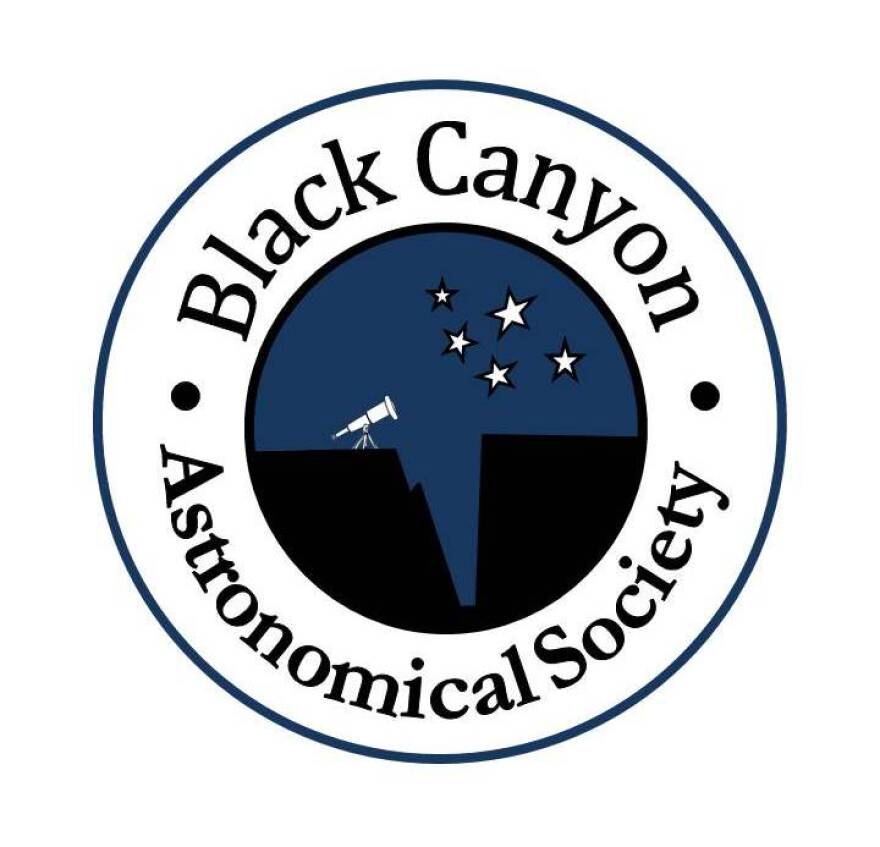We consider our universe to be limitless. Over the decades, people have explored that infinity to discover what is out there, even who is out there. But what about the space closest to us? The low Earth orbit is overcrowded by satellites, space junk, and the leftover remnants of space exploration. These leftover pieces affect how scientists and people experience space.
Orbital debris, also known as “space junk,” are objects left in space that no longer function as intended. Objects in orbit will eventually return to the ground but are currently launching faster than they are re-entering. Many objects stay in orbit for decades. NASA estimates the amount of orbital debris in the low Earth orbit exceeds over 100 million pieces, ranging from one millimeter to over ten centimeters. This is enough for around one third of Americans to have their own piece of space junk.
The low Earth orbit also holds many objects currently in use, like satellites for weather and communications, the Hubble Telescope, and the International Space Station. However, even these essential devices contribute to overcrowding. When stargazing or photographing the night sky, it is hard not to see the bright streak of a satellite in view.
The oldest man-made object still in orbit is Vanguard 1. Launched in 1958, it was the fourth satellite launched into space. On Earth, after 50 years even trash becomes a part of an area’s historical landscape. Do we leave these random remnants of past space projects in orbit to commemorate the history of human space exploration?
In order to preserve the beauty of our night sky, we must balance objects that provide value to humanity with decluttering our orbit.
This balance may not be hard to strike. We can sustain the overcrowding of the low Earth orbit by removing five of the highest risk objects each year, both small pieces that risk collision and large pieces that affect long-term accumulation. Scientists are currently working on the best way to remove items, however, there is no overarching regulatory body to create concrete removal plans.
We consider space to be limitless, but just like any other resource, it does have limits. We need to learn how to balance this resource. Not just for the humans of right now, but also those of the future. Will we look back in 30 years and wonder why no one tried to preserve it earlier?

Western Slope Skies is produced by members and friends of the Black Canyon Astronomical Society. This episode was written and recorded by Megan Spencer from Devils Tower National Monument.



